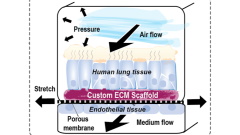Laboratories
Nanomedicine and Biomarkers
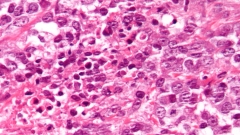
Figure: CBI
The use of proteins, nucleic acids or complete cells as genetically encodable and engineerable molecular tools becomes increasingly important. One of the most prolific areas is the construction of labels and sensors for in vivo and in situ imaging (e.g. fluorescent protein based). (more)
Cell Engineering

Figure: CBI
The use of proteins, nucleic acids or complete cells as genetically encodable and engineerable molecular tools becomes increasingly important. One of the most prolific areas is the construction of labels and sensors for in vivo and in situ imaging (e.g. fluorescent protein based). (more)
AI in Optoacoustics
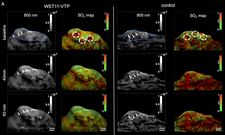
Figure: CBI
The group AI in Optoacoustics develops imaging technology using optical and optoacoustic methods, with a focus on development of novel imaging reconstruction algorithms. (more)
Fluorescence Imaging
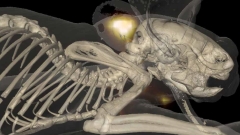
Figure: Nature Methods 9(6), 615–620 (2012). doi:10.1038/nmeth.2014.
The Laboratory develops advanced fluorescence imaging methods for pre-clinical and clinical imaging, leading in 2011 to the first clinical translation of a targeted fluorescent agent for optical molecular imaging of patients. Focus is on the development of quantitative, real-time and tomographic methods that go well beyond conventional “photographic” fluorescence image...(more)
Mechanobiology
Our group’s primary research interest is to understand the mechanobiology of the airway epithelium. (more)
Optoacoustic Mesoscopy
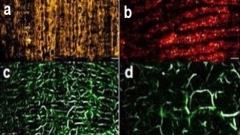
Figure: CBI
Our group conceives, designs and develops multispectral optoacoustic technology that allows performing non-invasive anatomical, functional and molecular optical imaging of the skin in the clinics...(more)
Sensors
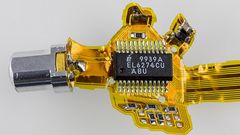
Photo: Wikipedia
Our research innovates hybrid methods combining thermoacoustic, optoacoustic and fluorescence imaging...(more)
Translational Optoacoustics
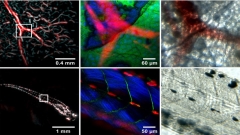
Figure: CBI
Our group focuses on developing technology and applications on the combination of optical and optoacoustic microscopy in order to deliver contrast and imaging abilities not available in optical microscopes today. (more).
Biochemical and Environmental Sensors
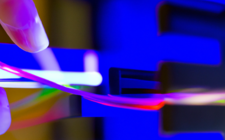
We are developing methods and devices to measure health-related parameters non-invasively. Just imagine getting your blood work done without any needles, but by using light and by sensing the resulting ultrasound waves on your skin surface. Chemical contrast is achieved label-free by the wavelength-specific absorption of relevant molecules. The optoacoustic (=photoacoustic) effect transforms the absorbed light energy into sound waves that can be measured on the skin with an ultrasound transducer. Machine learning helps to interpret the measured data and to differentiate between noise and signal. One of our projects is to non-invasively measure glucose in blood (#GLUMON).
Biology Core Facility
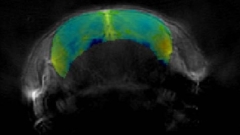
Figure: CBI
The group is centered around provision and development of cell lines and animal models for optoacoustic imaging. Our portfolio includes transgenic cancer cell lines stably expressing iRPF720 and tyrosinase (both labels provide good contrast in optoacoustic imaging), systems for retroviral gene transfer and various chemical labels for primary cells....(more)
